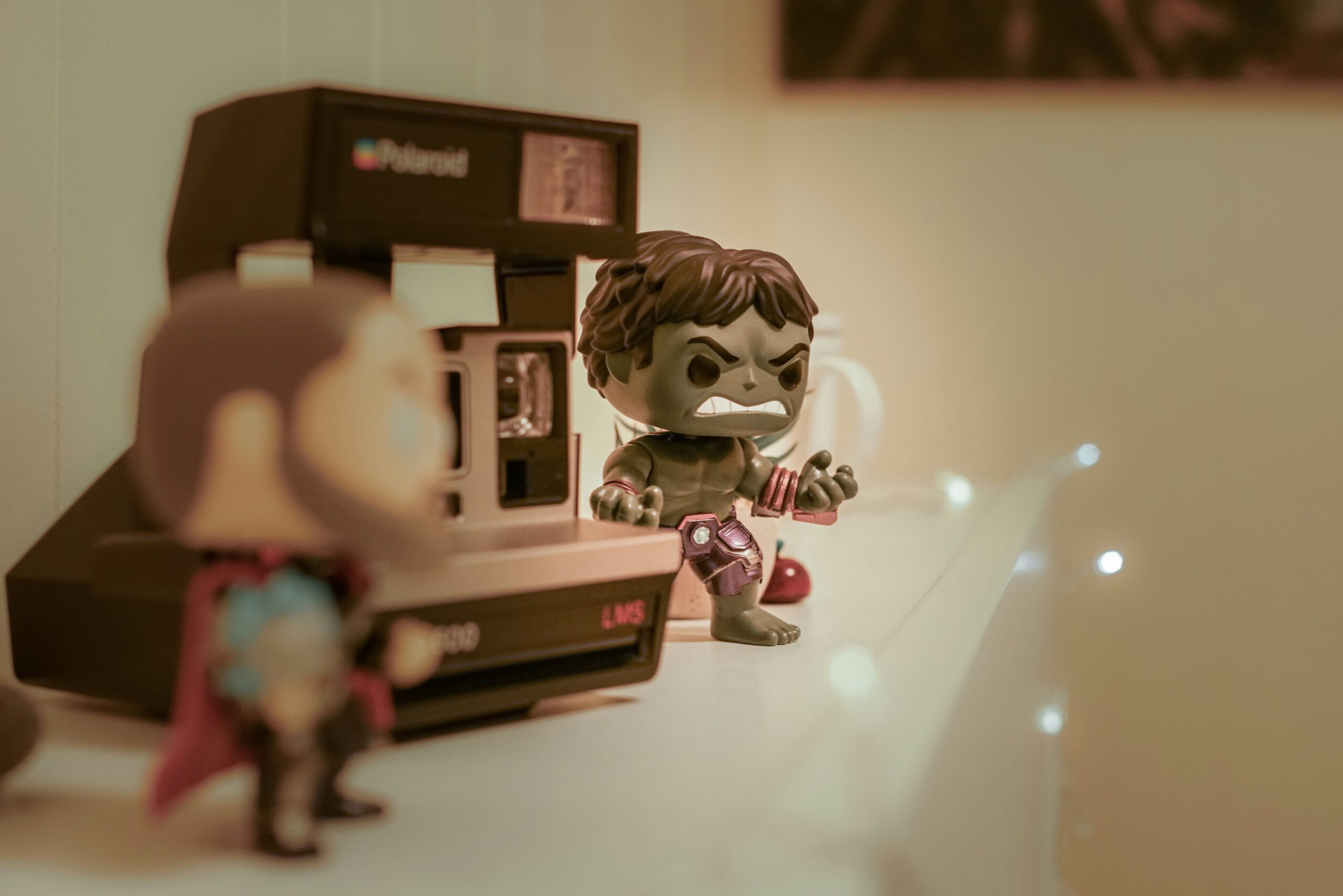In the US, trademarks are legally protected from being infringed. In addition, FAMOUS trademarks have legal protections against two additional intellectual property “injuries” which are dilution by blurring and dilution by tarnishment.
Most are familiar with trademark infringement. Infringement occurs when someone uses another’s trademark or one that is confusingly similar that causes confusion among consumers with respect to the unique commercial source of the goods or services with which the trademark is associated. All trademarks are protected against infringement. Generally, to prove infringement, some manner of proof must be provided that consumers have been confused.
Causes of action for dilution by blurring and dilution are less well known. Both are independent legal claims and both have been available for a long time under the common law and under some state trademark regimes. Both are also now explicitly protected under the Federal Trademark Dilution Act (“FTDA”), most recently amended in 2006. The FTDA is premised on the fact that distinctive and famous trademarks are powerful selling tools that deserve extra legal protection.
Dilution by blurring is an “association arising from the similarity between a trademark or trade name and a famous mark that impairs the distinctiveness of the famous mark.” See 15 U.S.C. § 1125(c)(2)(B). The statute looks to six factors to determine when dilution by blurring occurs:
- The degree of similarity between the mark or trade name and the famous mark
- The degree of inherent or acquired distinctiveness of the famous mark
- The extent to which the owner of the famous mark is engaging in substantially exclusive use of the mark
- The degree of recognition of the famous mark
- Whether the user of the mark or trade name intended to create an association with the famous mark
- Any actual association between the mark or trade name and the famous mark
A famous list of hypothetical examples of trademarks diluted by blurring includes “Dupont shoes, Buick aspirin tablets, Schlitz varnish, Kodak pianos and Bulova gowns.” A real-world example comes from the case of Nabisco, Inc. v. PF Brands, Inc., 191 F. 3d 208 (2nd Circuit 1999) where the court held that Pepperidge Farm could pursue a trademark dilution action against Nabisco to protect its trademarked goldfish shaped crackers. Nabisco planned to launch a new cracker product cross-marketed with a children’s cartoon television show with flavored crackers shaped like cats, dogs, and fish. The fish crackers had a shape very similar to the Pepperidge Farm cracker. Under the six-factor test, the court concluded that a jury could find that Nabisco’s product would dilute-via-blurring the famous Pepperidge Farm trademark. An injunction was issued against Nabisco which was affirmed.
Dilution by tarnishment occurs when the reputation of a famous mark is harmed through association with another similar mark or trade name, often in a negative way. See 15 U.S.C. § 1125(c)(2)(C). Probably the most famous dilution-by-tarnishment case is Dallas Cowboys Cheerleaders, Inc. v. Pussycat Cinema, Ltd., 604 F. 2d 200 (2nd Cir. 1979) where the court affirmed that the famous trademark would be tarnished by allowing use of the cheerleading outfit in an adult pornographic film. More recently, ice cream brand Ben & Jerry’s faced a similar problem.
Trademark is another word for branding and many modern businesses are correct to focus on branding and maximizing brand value. The extra protection provided to famous brands by the FTDA is another — often underappreciated — reason that trademarks should be the object of substantial business energy and investment. If a business can make its brand “famous,” then the brand can be protected from dilution-by-blurring and by tarnishment.
Contact Revision Legal
For more information or if you have questions about creating and registering a trademark, contact the trademark lawyers at Revision Legal at 231-714-0100.




